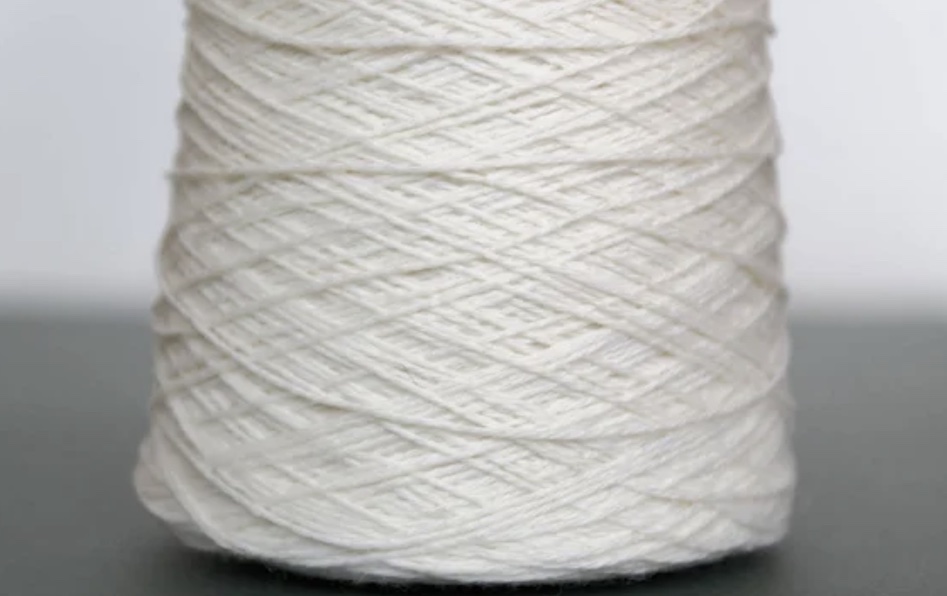Discover the Fascinating Process of Producing Silk

Silk is a rich fabric that has long been prized for its beauty and elegance. It is a natural protein fibre produced by certain insect larvae, such as silkworms, and has been utilized in the creation of clothes and textiles for millennia. Silk is one of the most sought-after materials in the world due to its beautiful sheen, smooth texture, and excellent durability.
Silk production is a successful sector in Australia that has been a part of the country's history for millennia. Silk Australia is highly sought after in the international market due to its great quality and durability. The country's distinct climate and environment foster the growth and cultivation of mulberry trees, the principal food source for silkworms. To comprehend the production of silk, it is necessary to comprehend the various stages involved.
Cultivating Silkworms
The cultivation of silkworms is the first step in the production of silk. Silkworms are silk moth larvae bred in regulated circumstances to assure the quality and uniformity of the silk. Silkworms only eat the leaves of the mulberry tree, and the quality of the leaves has a direct impact on the quality of the silk produced. Silkworms evolve through various phases before they are ready to spin their cocoons, which is the next step in the process.
Spinning Cocoons
Once the silkworms have finished feeding, they spin cocoons around themselves using a silk thread that is produced from special glands in their bodies. The cocoons are then collected and boiled, which kills the silkworms and loosens the silk threads. This step is controversial, as it results in the death of the silkworms, but it is necessary to obtain the raw silk.
Extracting The Silk
After the cocoons have been boiled, the silk threads are carefully extracted from each cocoon. Each cocoon contains a single, continuous silk thread that can be up to 900 meters long. The threads are then cleaned, sorted, and twisted together to create a thicker, stronger thread that can be used for weaving.
Weaving The Fabric
The final step in the process of producing silk is weaving the fabric. Silk can be woven in a variety of patterns and styles, from plain weaves to intricate jacquard weaves. The weaving process involves interlacing the warp threads (the threads that run lengthwise) with the weft threads (the threads that run crosswise) to create the final fabric. The fabric is then washed, dyed, and finished to achieve the desired texture, sheen, and colour.
Different Types of Silk
Several different types of silk are produced, each with its unique characteristics and uses. Here are some of the different types of silk:
- Mulberry Silk: This is the most common form of silk generated by the Bombyx mori silkworm. It is noted for its softness and brilliance, and it is utilized in a wide range of high-end clothes and accessories.- Tussah Silk: This type of silk is produced by wild silkworms and is more textured and less lustrous than mulberry silk. It is often used in more casual clothing and home decor items.
- Muga Silk: The Antheraea assamensis silkworm produces this particular type of silk, which is renowned for its golden hue and exceptional brilliance. High-end sarees and other traditional clothes frequently feature this type of silk, which is one of the most opulent available.
- Eri Silk: Also known as peace silk, this type of silk is produced by the Samia ricini silkworm. It is unique in that the silkworm is not killed during the harvesting process, making it a more ethical and sustainable option. Eri silk has a slightly rough texture and is often used in clothing and home decor.










